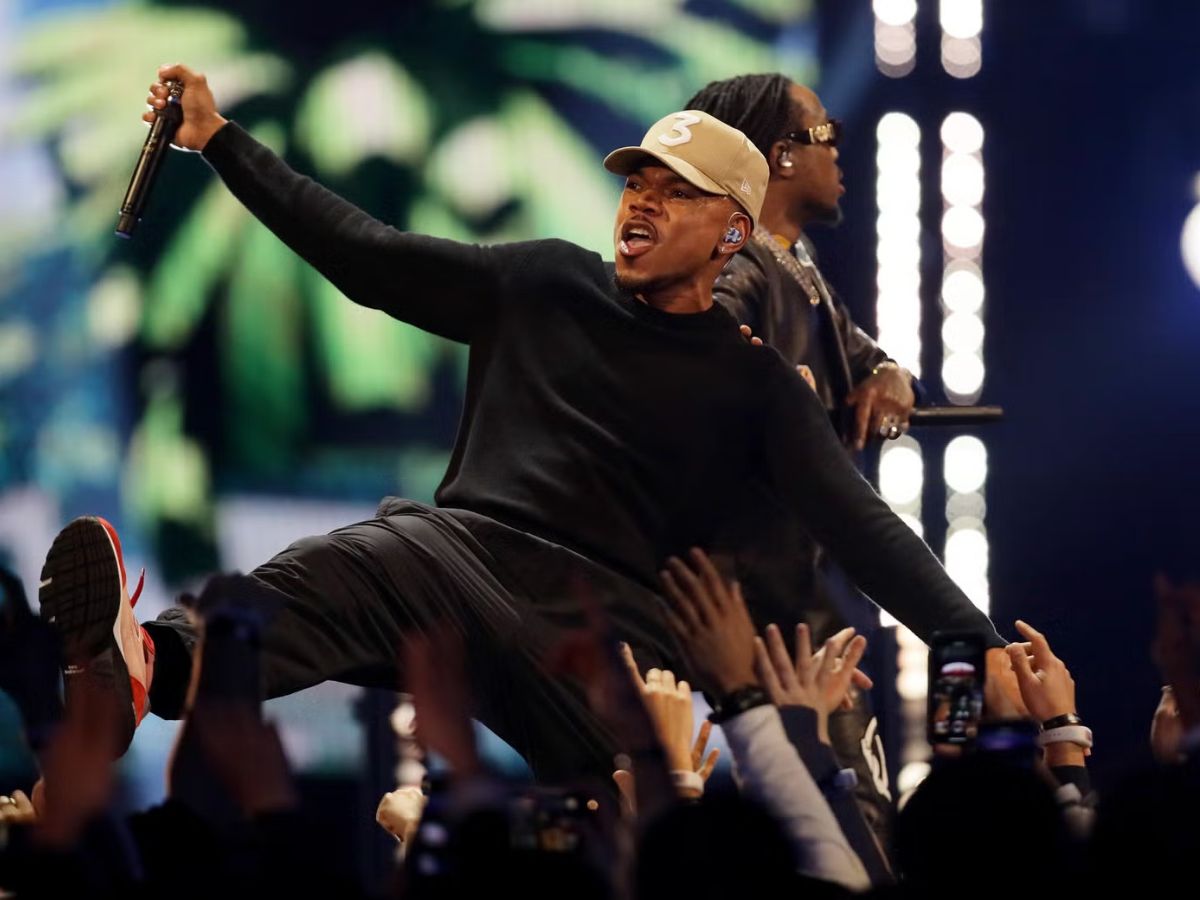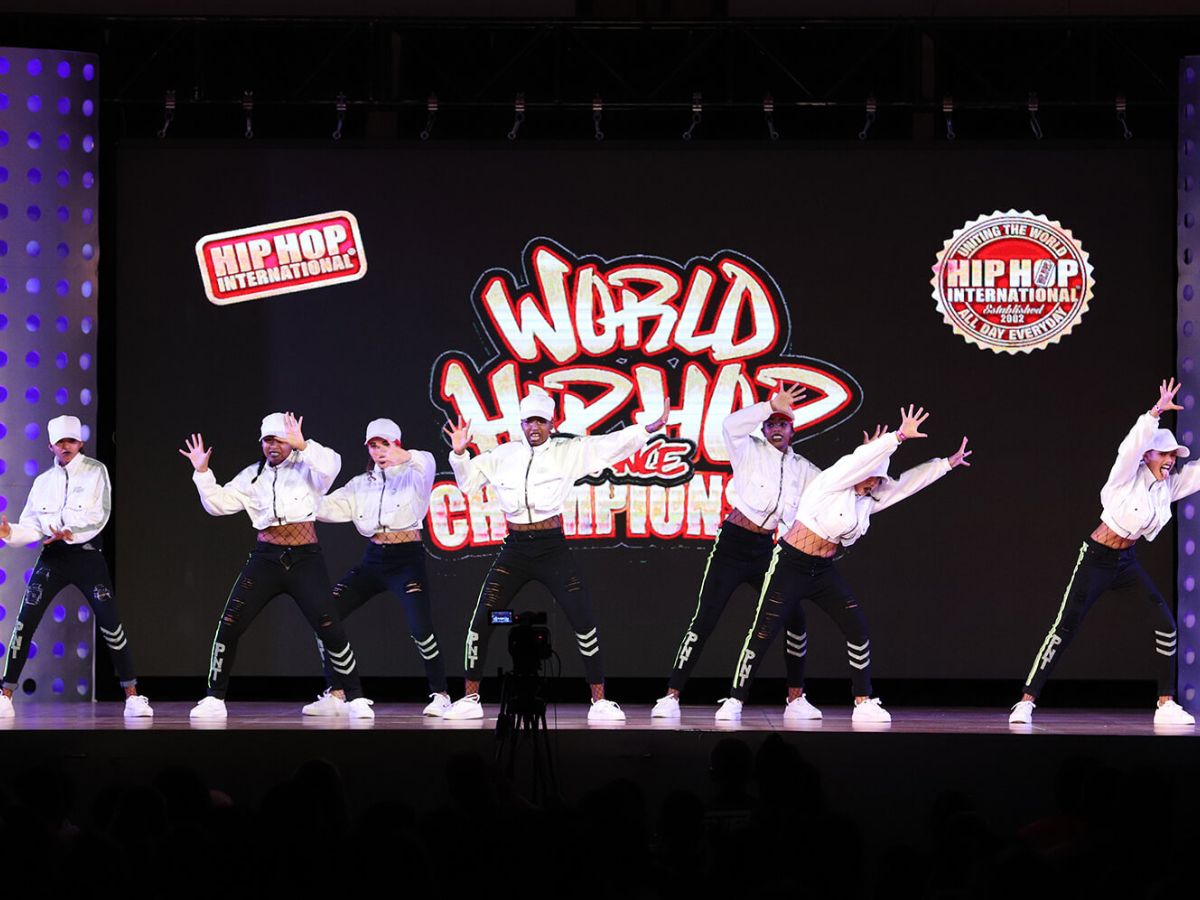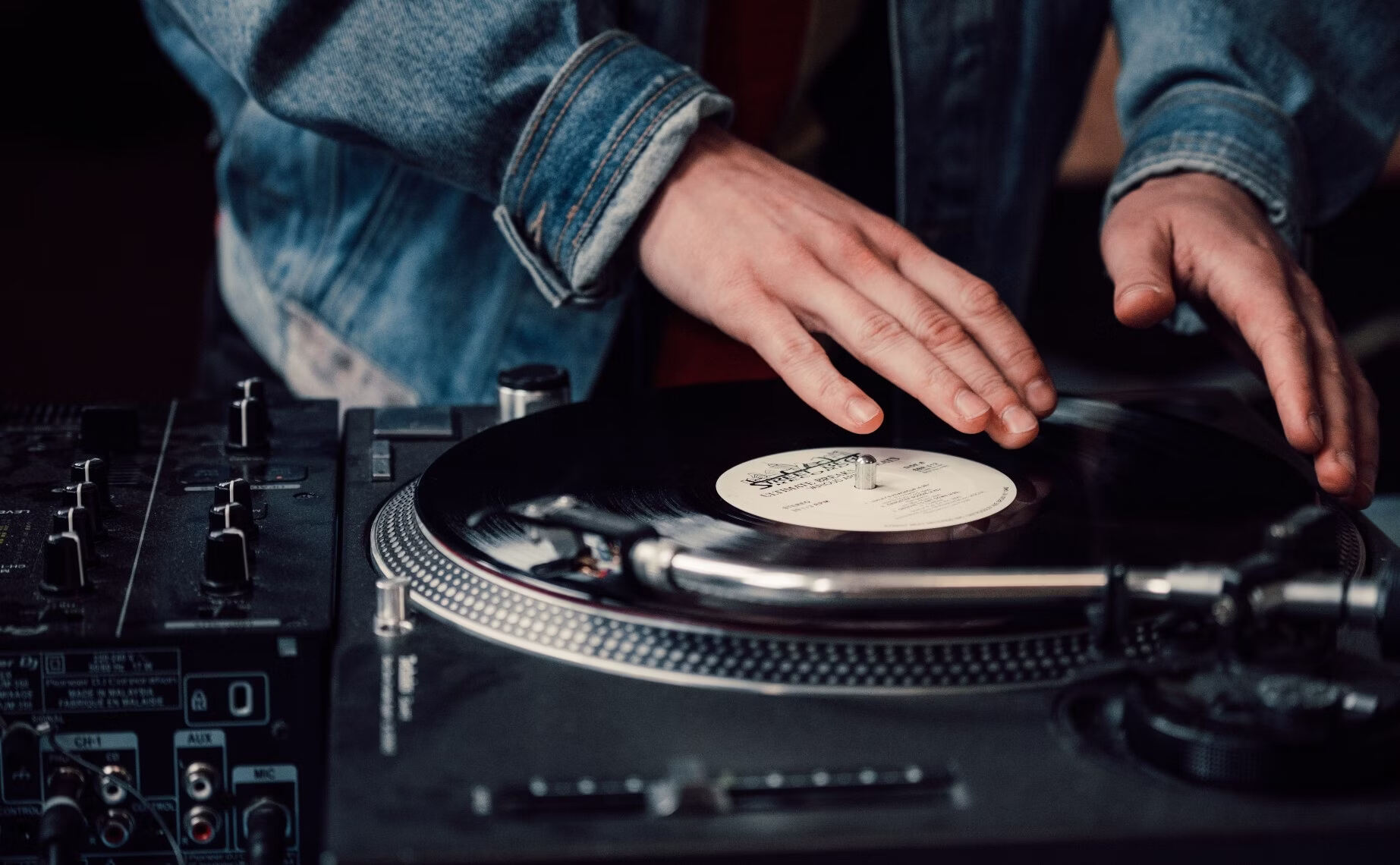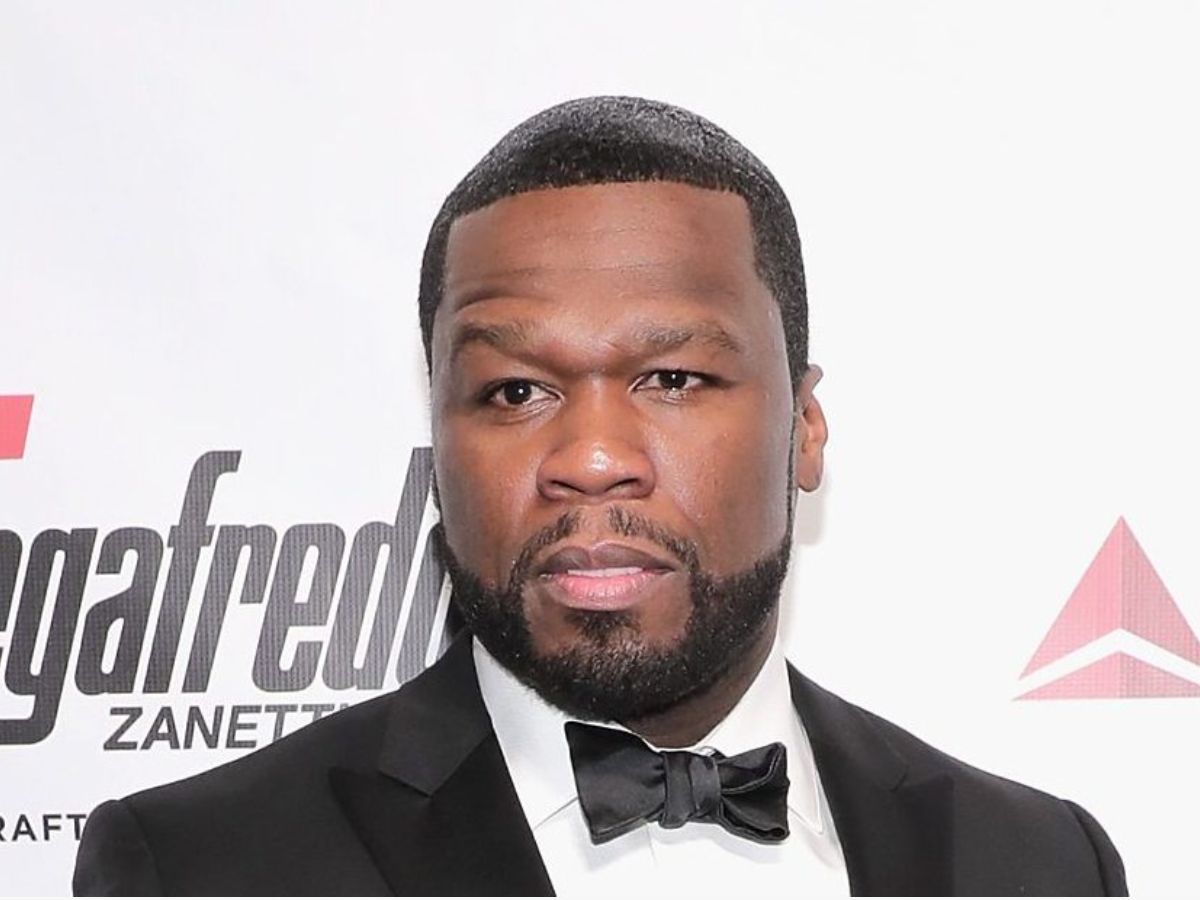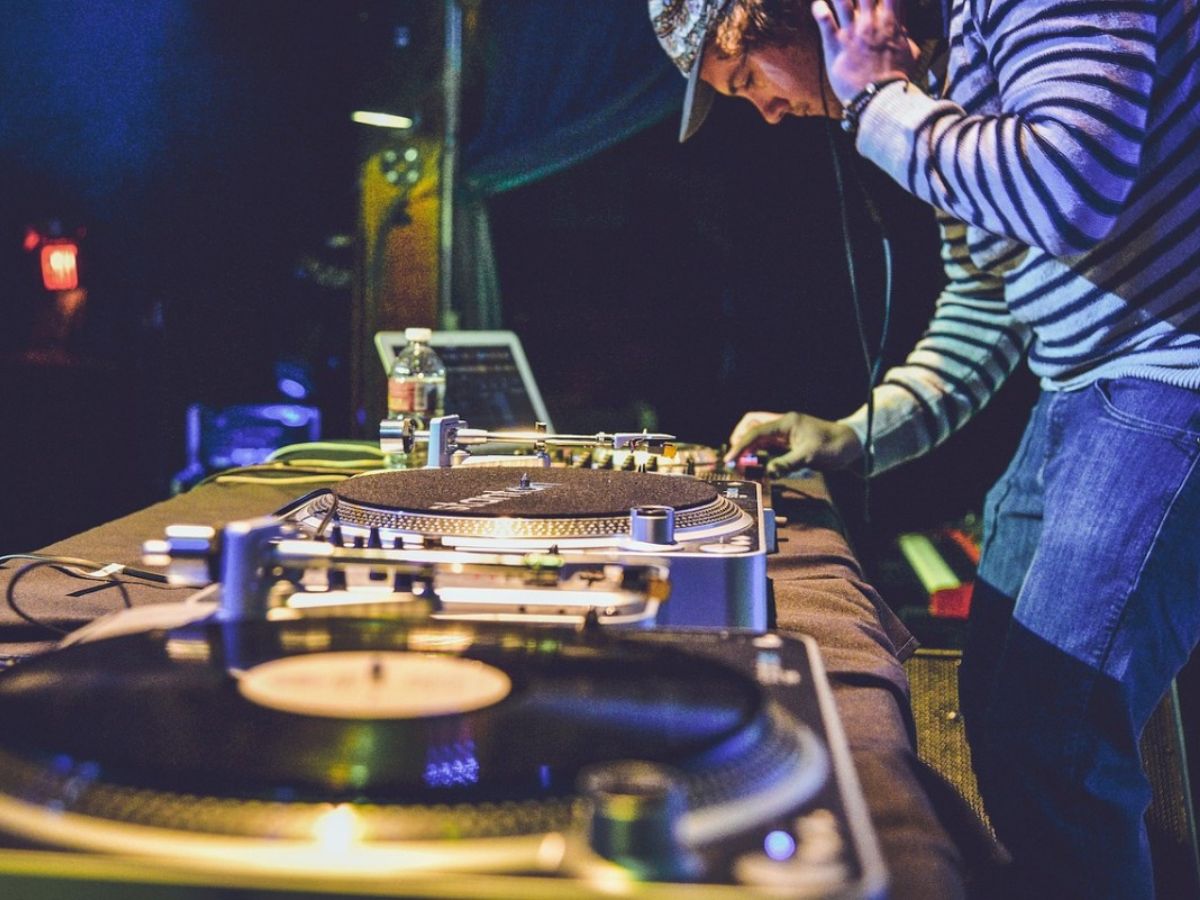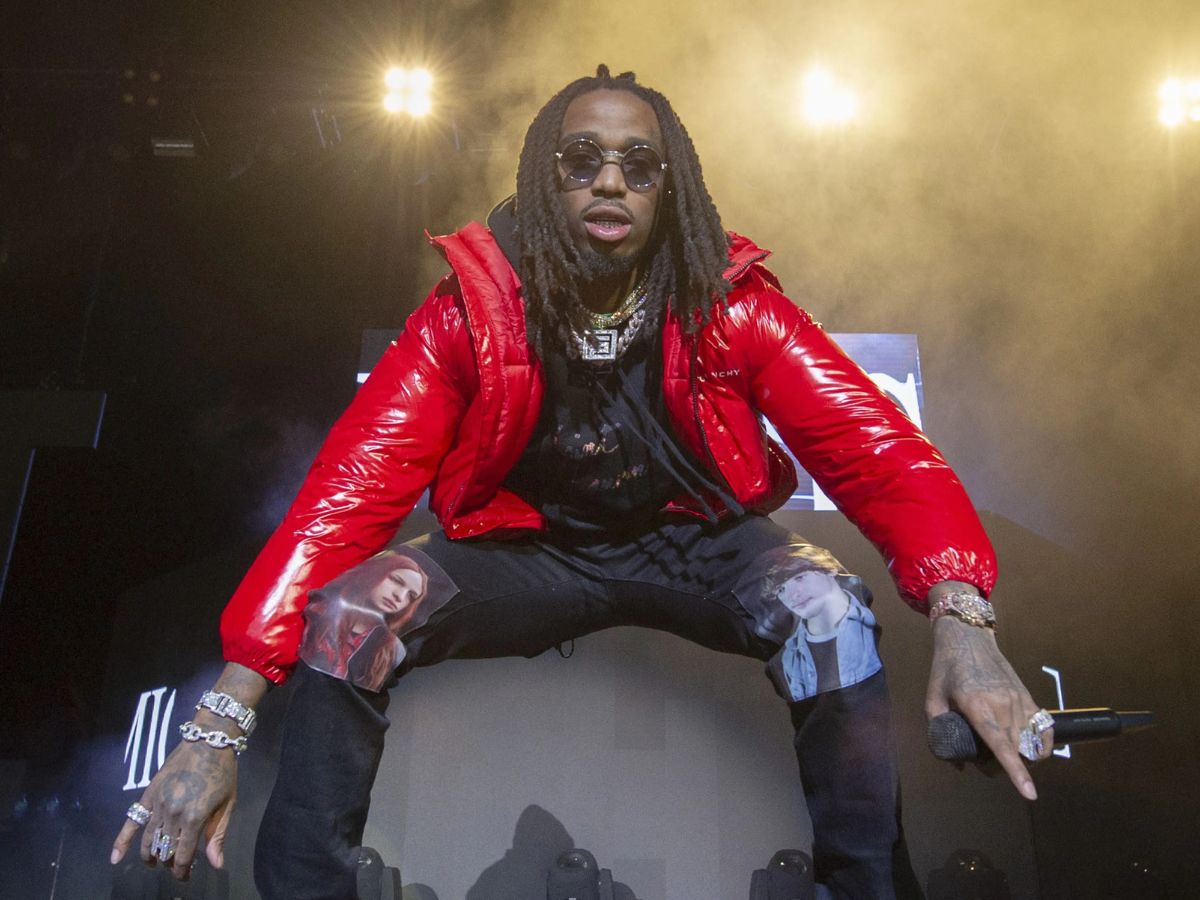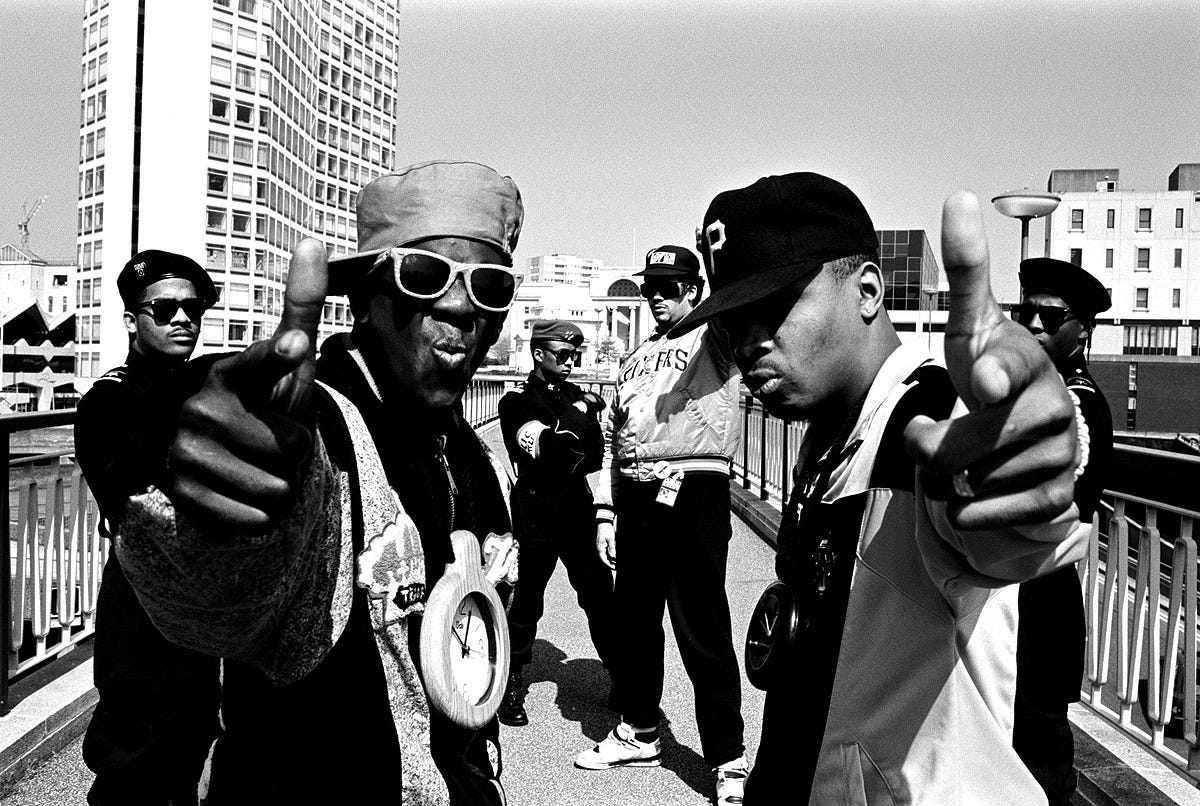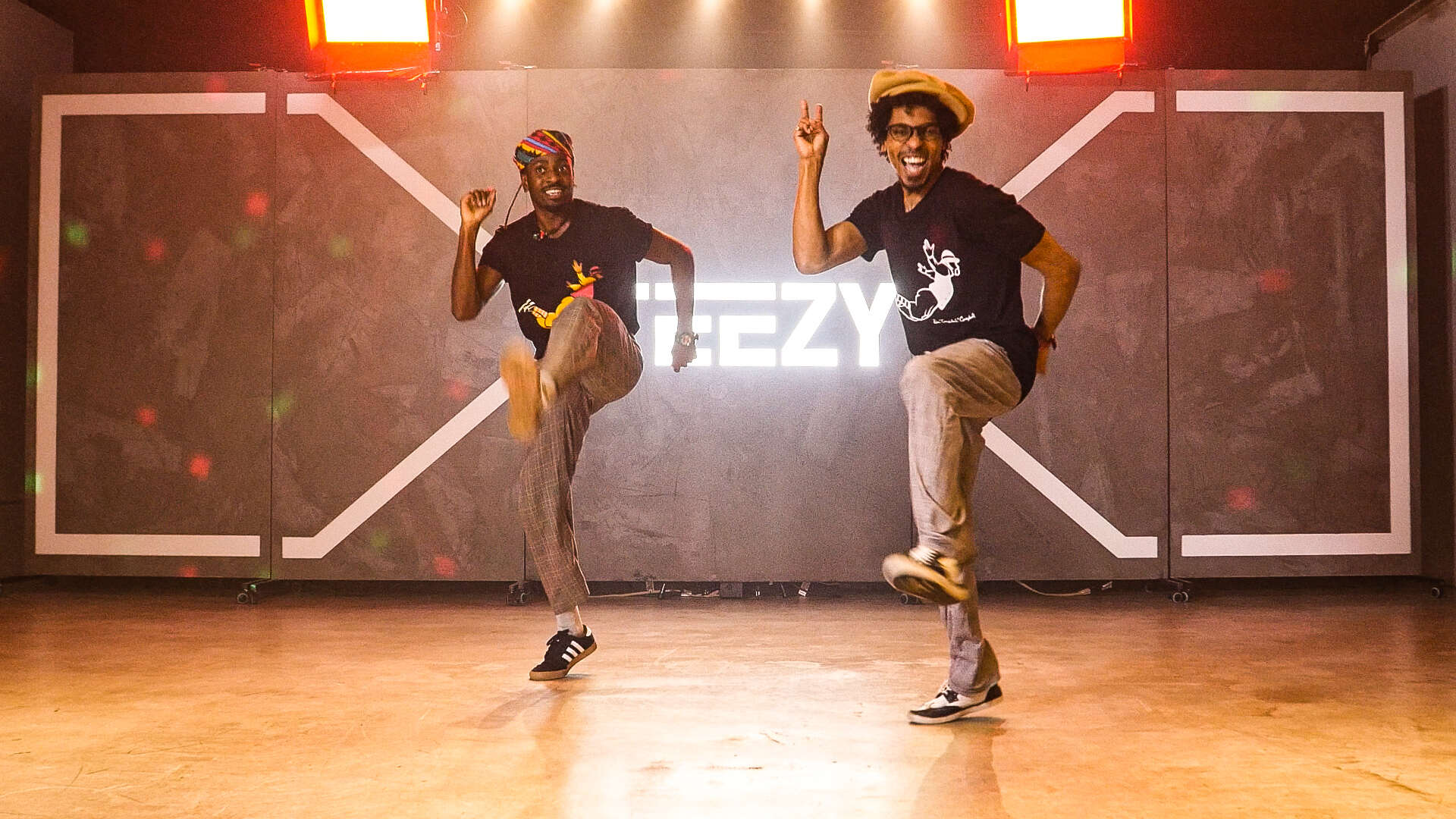

Hip Hop
What Are The Five Elements Of Hip Hop
Published: October 31, 2023
Discover the essential elements of Hip Hop - from MCing and DJing to breakdancing and graffiti. Dive into the cultural movement that revolutionized music and street art.
(Many of the links in this article redirect to a specific reviewed product. Your purchase of these products through affiliate links helps to generate commission for AudioLover.com, at no extra cost. Learn more)
Table of Contents
Introduction
Hip Hop is an influential and dynamic genre of music that has its roots in African American and Afro-Caribbean communities in the Bronx, New York City, in the 1970s. It soon became a cultural movement that encompassed not only music, but also dance, art, fashion, and language. What sets Hip Hop apart from other music genres is its emphasis on creativity, self-expression, and social commentary.
At the heart of the Hip Hop culture are the Five Elements, which serve as pillars that define and shape the essence of the movement. Each element represents a form of artistic expression and plays a significant role in the Hip Hop community. These elements are MCing (Rapping), DJing (Turntablism), Breaking (B-boying/B-girling), Graffiti Art, and the fifth element, which encompassed various aspects of knowledge and beatboxing.
In this article, we will delve into each of these elements to gain a deeper understanding of their significance and how they contribute to the richness and diversity of Hip Hop culture. So, let’s dive in and explore the Five Elements of Hip Hop!
Element 1: MCing (Rapping)
MCing, also known as rapping, is arguably the most recognizable and influential element of Hip Hop. This art form involves delivering rhythmically spoken words over a beat, often accompanied by intricate rhyme patterns and storytelling.
The origins of MCing can be traced back to the tradition of African griots, who were storytellers and oral historians in West Africa. In the early days of Hip Hop, MCs would engage in friendly competition, known as “battles,” to showcase their skills and lyrical prowess. This competitive spirit and the ability to command an audience with words quickly became a defining characteristic of MCing in Hip Hop.
MCs convey their thoughts, emotions, and personal experiences through their lyrics, addressing a wide range of subjects including social issues, personal struggles, and empowerment. The poetic nature of their words and the rhythm they create allow MCs to connect with their audience on a profound level.
Over time, MCing has evolved, giving rise to different styles and subgenres within Hip Hop, such as conscious rap, trap, gangsta rap, and many more. MCs use their unique voices, wordplay, and delivery to express themselves fully and captivate listeners. It is this raw and authentic expression that has made MCing a powerful tool for social commentary and cultural representation.
MCs often collaborate with DJs to create music and perform live. Their ability to engage and energize a crowd is unparalleled, and their words have the power to move and inspire millions of listeners around the world.
As the primary voice of Hip Hop, MCing has become a global phenomenon transcending cultural and linguistic barriers. MCs have the ability to convey messages, share stories, and spread awareness, making them a driving force behind the social and cultural impact of the Hip Hop movement.
Element 2: DJing (Turntablism)
DJing, also known as turntablism, is another fundamental element of Hip Hop culture. It involves using turntables and mixing equipment to create and manipulate sounds, beats, and melodies. DJs play a pivotal role in shaping the musical landscape of Hip Hop, providing the foundation for MCs to showcase their lyrical talents.
DJs in Hip Hop originally gained recognition for their ability to seamlessly blend and transition between different songs using vinyl records. They would scratch, cut, and manipulate the records to create new sounds and rhythms. This innovative technique propelled DJing to the forefront of Hip Hop culture.
Not only do DJs provide the beats for MCs to rap over, but they also serve as musical curators and tastemakers. They have an extensive knowledge of diverse music genres, which they draw upon to create unique and captivating mixes. DJs can create a specific mood or atmosphere by carefully selecting and blending tracks, ensuring that the energy of the crowd remains high throughout a performance.
As technology advanced, so did DJing. The advent of digital platforms and software allowed DJs to incorporate samples, loops, and effects in real-time, expanding the possibilities of their performances. This evolution has given rise to new styles of DJing, such as controllerism and laptop DJing, where DJs use digital equipment to craft their sets.
Furthermore, DJs are crucial in showcasing lesser-known artists and giving them a platform to reach a wider audience. They have the ability to break new songs and introduce listeners to innovative sounds and artists, playing a significant role in shaping the direction of Hip Hop music.
Ultimately, DJing is not only about providing a musical backdrop for MCs, but it is also an art form in itself. It requires technical skills, creativity, and an intuitive understanding of the crowd’s energy. DJs have the power to move people with their music, setting the stage for unforgettable experiences and cementing their status as indispensable figures within the Hip Hop community.
Element 3: Breaking (B-boying/B-girling)
Breaking, also known as b-boying or b-girling, is a dynamic and athletic form of dance that originated alongside Hip Hop music in the streets of the Bronx, New York. It is a highly energetic and expressive dance style that developed as a form of self-expression and a way for individuals to showcase their creativity.
Breaking is characterized by its distinctive moves, including toprock, footwork, power moves, and freezes. Toprock incorporates upright dance moves performed while standing, providing a rhythmic entrance into the dance. Footwork, on the other hand, involves intricate and fast steps performed on the floor, showcasing the dancer’s agility and speed. Power moves consist of acrobatic and gravity-defying moves, such as spins, flips, and windmills. Lastly, freezes are still poses that highlight strength and control.
B-boying/b-girling quickly gained popularity and became an essential part of Hip Hop culture due to its intense physicality and artistic expression. The dance form encourages individuality and creativity, allowing dancers to develop their own unique styles and moves while incorporating foundational techniques.
The battles and competitions that take place within the breaking community serve as platforms for dancers to showcase their skills and test their abilities against other talented dancers. Breaking battles are characterized by their high energy, where competitors take turns performing and trying to outdo each other through their moves, technicality, and stage presence.
Breaking is not merely a form of entertainment; it is deeply rooted in Hip Hop culture as a means of self-expression and empowerment. It provides an outlet for individuals to express their emotions, tell stories, and communicate with others through movement. Breaking also promotes camaraderie and unity, as dancers often come together to practice, share knowledge, and support one another.
Today, breaking has evolved into a global phenomenon, with dancers from all over the world showcasing their skills and pushing the boundaries of the dance form. From international competitions to local battles, breaking continues to captivate audiences and inspire new generations of dancers to embrace Hip Hop culture and its rich history.
Element 4: Graffiti Art
Graffiti art is a visual element that plays a significant role in the world of Hip Hop. Emerging alongside the music and dance of the Bronx in the 1970s, graffiti art became a powerful form of self-expression for artists within the Hip Hop community.
Graffiti art involves creating elaborate and colorful murals, tags, and lettering on public spaces such as walls, trains, and buildings. These vibrant artworks serve as a visual representation of the creativity, rebelliousness, and cultural vibrancy of Hip Hop.
Originally regarded as vandalism and illegal by some, graffiti art was embraced by the Hip Hop community as a legitimate artistic expression. Artists used graffiti as a way to claim their territory, make political statements, and express their identity and individuality.
The lettering styles and techniques used in graffiti art are distinct and influenced by various art forms, including calligraphy, typography, and street signage. Graffiti artists develop their own unique styles, often incorporating intricate designs, 3D effects, and vibrant colors to leave their mark on the urban landscape.
Graffiti has also served as a platform for artists to convey social and political messages, shedding light on issues such as inequality, racism, and the struggle for justice. It has become a visual representation of the voices of marginalized communities, challenging the status quo and demanding social change.
Over the years, graffiti art has gained recognition as a legitimate art form, with artists showcasing their work in galleries and museums worldwide. Some artists have become internationally renowned for their contributions to the graffiti art movement.
Though it is important to distinguish between legal and illegal graffiti, the rebellious spirit and creative energy of graffiti art have left an indelible mark on the Hip Hop culture. It continues to inspire and influence artists and enthusiasts, reminding us of the power of art to transform and challenge societal norms.
Element 5: Knowledge/Beatboxing
The fifth element of Hip Hop is often referred to as “knowledge” or “beatboxing.” This element encompasses different facets of musical knowledge and oral expression within the Hip Hop culture.
Knowledge represents the intellectual and educational aspect of Hip Hop. It emphasizes the importance of self-awareness, self-improvement, and the acquisition of knowledge about the history, culture, and social issues relevant to the community. Hip Hop artists often use their lyrics to educate and inform their audience about topics such as social inequality, racism, and political activism.
Beatboxing, on the other hand, is a vocal percussion technique where artists mimic drum beats, sounds, and melodies using only their voices and mouths. Beatboxers create intricate rhythms, bass lines, and sound effects by controlling their breathing, vocal cords, and mouth movements. This skillful art form contributes to the musicality and uniqueness of Hip Hop performances.
Beatboxing initially developed as a way for DJs and MCs to create beats and sounds during live performances or recording sessions. It soon evolved into its own art form, with beatboxers pushing the boundaries of what is possible through vocal expression.
Many beatboxers have achieved fame and recognition for their incredible ability to produce complex and captivating sounds. Their performances often incorporate elements of storytelling, humor, and crowd interaction, making beatboxing a highly entertaining and engaging element of Hip Hop culture.
Both knowledge and beatboxing serve to elevate the artistry and creativity within Hip Hop. They provide a platform for artists to express themselves intellectually and musically, allowing their voices to be heard in a unique and powerful way.
Furthermore, these elements encourage a continuous pursuit of knowledge and skills within the Hip Hop community. They inspire individuals to be informed, critical thinkers and to continuously refine their craft, whether it be through developing insightful lyrics or mastering the art of beatboxing.
Ultimately, the knowledge and beatboxing element of Hip Hop add depth and intricacy to the culture. They showcase the intellectual and musical talents of artists, contributing to the diversity and richness of the Hip Hop movement as a whole.
Conclusion
Hip Hop is a cultural phenomenon that transcends music, encompassing a wide range of elements that contribute to its vibrancy and impact. The Five Elements of Hip Hop – MCing (Rapping), DJing (Turntablism), Breaking (B-boying/B-girling), Graffiti Art, and Knowledge/Beatboxing – serve as pillars that define and shape the hip hop culture.
MCing or rapping carries the voice and message of Hip Hop, allowing artists to express their thoughts, emotions, and social commentary through rhythmically spoken words. DJs provide the beats and musical foundation for MCs while curating and shaping the soundscape of Hip Hop. Breaking, as a dynamic dance form, showcases athleticism, creativity, and self-expression through rhythmic movements. Graffiti art, once seen as vandalism, has emerged as a legitimate form of visual expression, conveying messages of identity, rebellion, and artistic prowess. Knowledge and beatboxing broaden the intellectual and musical dimensions of Hip Hop, fostering education, awareness, and innovative vocal skills.
The Five Elements of Hip Hop are interconnected and interdependent, forming a cultural tapestry that reflects the struggles, triumphs, and collective spirit of the communities from which it emerged. Each element brings a unique form of artistic expression and plays a crucial role in shaping the identity and evolution of Hip Hop culture.
As the Hip Hop movement continues to grow, it embraces new influences, styles, and voices, ensuring its relevance in contemporary society. The Five Elements serve as a foundation for innovation and create a platform for artists to express their diverse perspectives on social issues, personal experiences, and the ever-changing world.
By embracing and honoring the Five Elements of Hip Hop, we can appreciate the incredible talent, artistry, and cultural significance that this movement holds. It is through the contributions of MCs, DJs, breakers, graffiti artists, and beatboxers that the spirit of Hip Hop lives on, inspiring generations and leaving an indelible mark on the music and cultural landscape forever.

